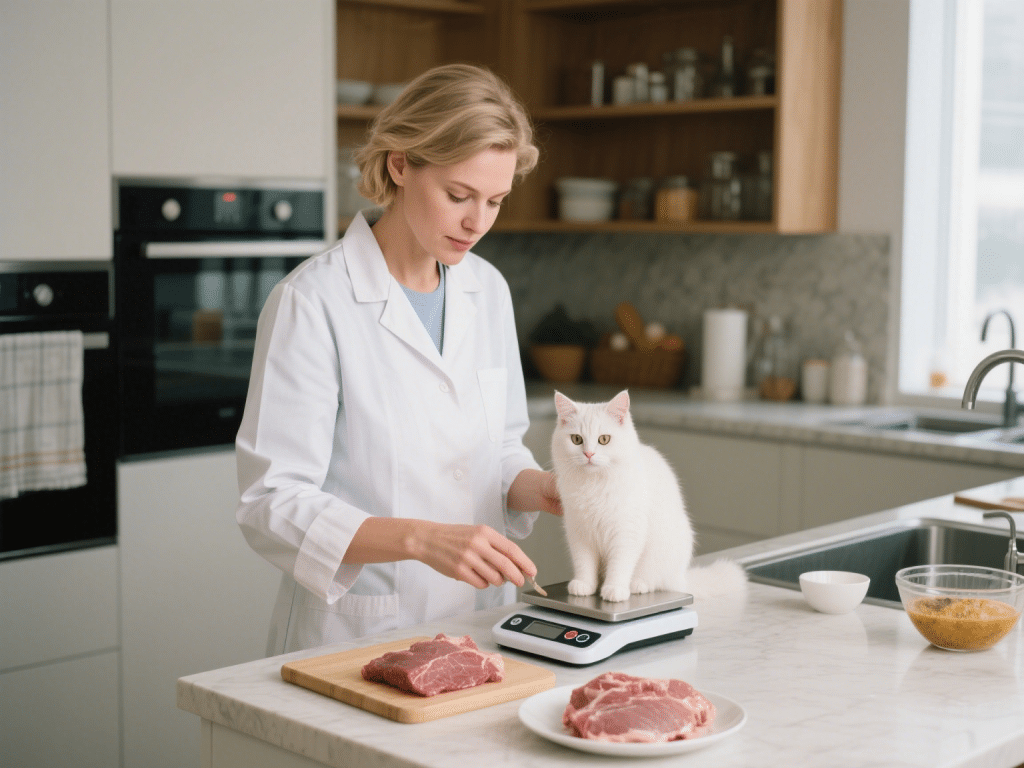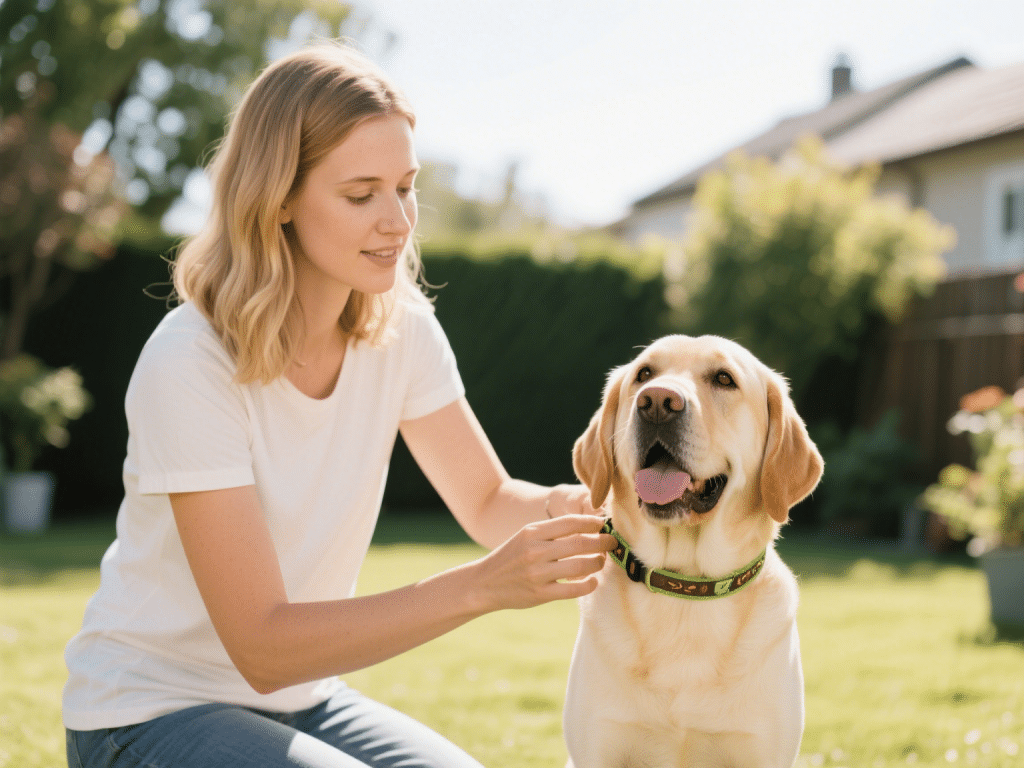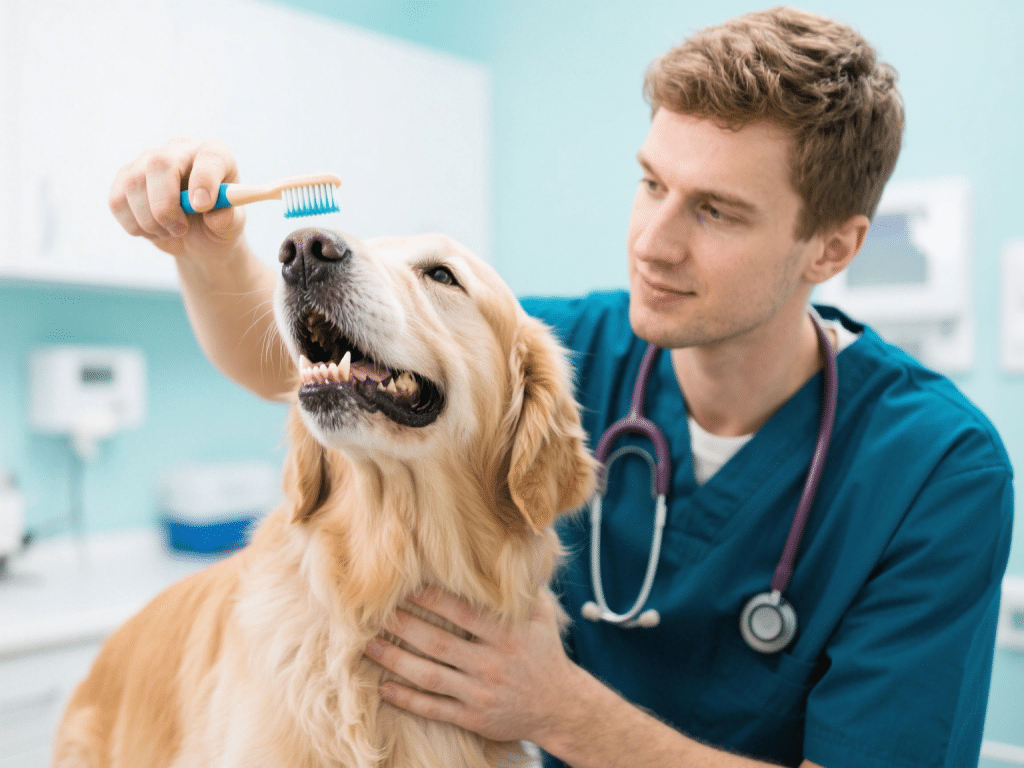
Crafting a Balanced Diet Plan for Exotic Ferrets
Ferrets are obligate carnivores with high metabolic rates, requiring diets rich in animal ...

I’ve specialized in chelonian health for over a decade, and one of the most common issues I treat is shell overgrowth—when scutes grow unevenly due to imbalanced lighting or diet. While mild cases are cosmetic, severe overgrowth can hinder mobility and respiration. Here’s my four-step protocol to restore shell health safely.
Gently run your fingernail across each scute ridge. Healthy growth feels smooth with slight overlap at edges. Pronounced ridges or pyramid shapes indicate excess keratin. Photograph and measure ridge height—anything over 2 mm merits corrective action.
Rebalance UVB and heat exposure: Provide a full-spectrum UVB lamp (5–7% UVB output) positioned within 10 inches of the basking spot. Maintain basking temperatures at 90 °F and water at 78–82 °F. Insufficient UVB leads to poor calcium metabolism, causing scutes to thicken.
Increase dietary calcium via cuttlebone shavings and calcium-rich greens (collard greens, dandelion). Limit high-protein turtle pellets to twice weekly—excess protein can accelerate keratin production. Offer calcium supplements (without phosphorus) spray-applied to greens three times per week.
Authority Tip: Only perform trimming under expert guidance or vet supervision.
Soak your turtle in shallow, lukewarm water for 10 minutes to soften scutes.
Using a fine-toothed file or veterinary dremel at low speed, gently smooth high ridges—never gouge into the living shell layer.
After filing, apply a thin layer of veterinary-grade chlorhexidine ointment to prevent infection.
Reassess scute growth monthly. If ridges reappear, revisit UVB placement and diet logs. Keep a shell-health journal with before-and-after photos to track progress.
Through disciplined habitat management, precise nutrition, and careful corrective work, you can reverse the signs of shell overgrowth and ensure your turtle’s continued comfort and mobility. Many care-home turtles I’ve treated now display uniformly flat, glossy shells—with owners marveling at the transformation.

Ferrets are obligate carnivores with high metabolic rates, requiring diets rich in animal ...

As a veterinary nutritionist specializing in feline diets, I’ve guided many cat guardian...

IntroductionFleas cause itching, skin irritation, and can transmit tapeworms. While chemic...

IntroductionRegular dental care is crucial for your dog’s overall health. Plaque and tar...

IntroductionDogs, especially intelligent breeds, can suffer from boredom when their physic...

IntroductionCats are obligate carnivores, meaning their bodies require nutrients found pri...
Comments on "How to Manage Overgrown Turtle Shells: A Complete Care Guide" :